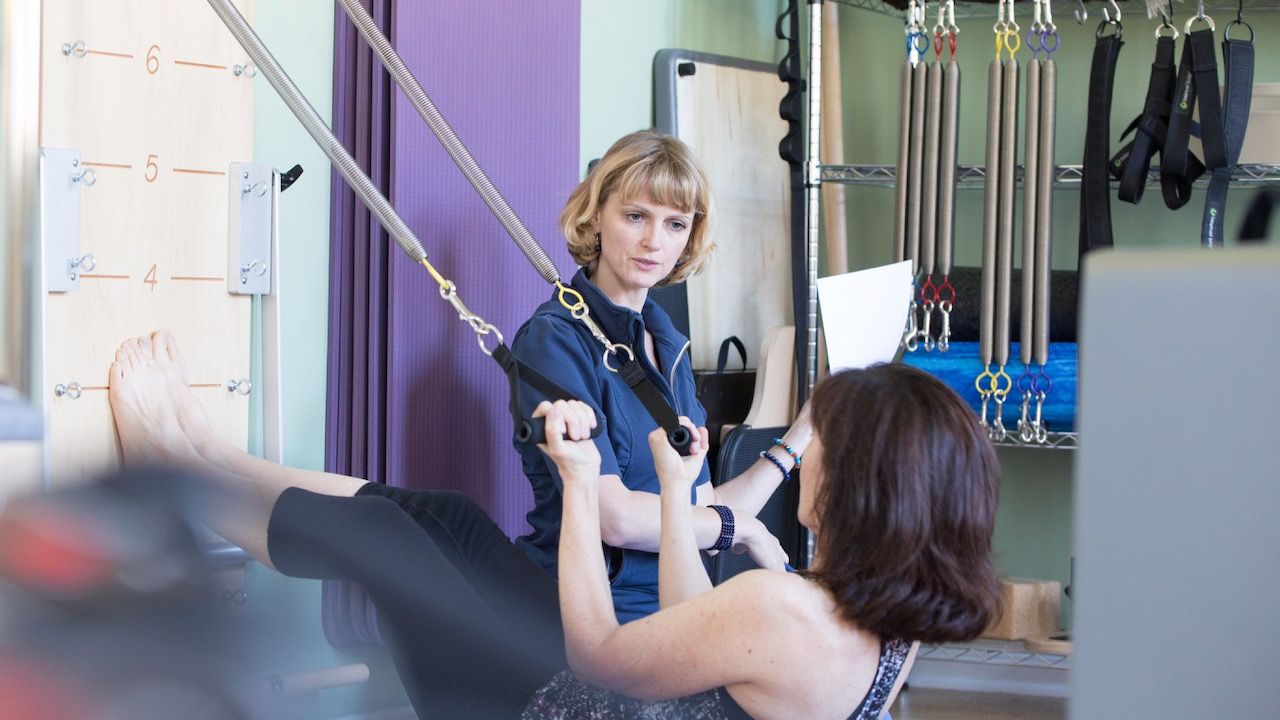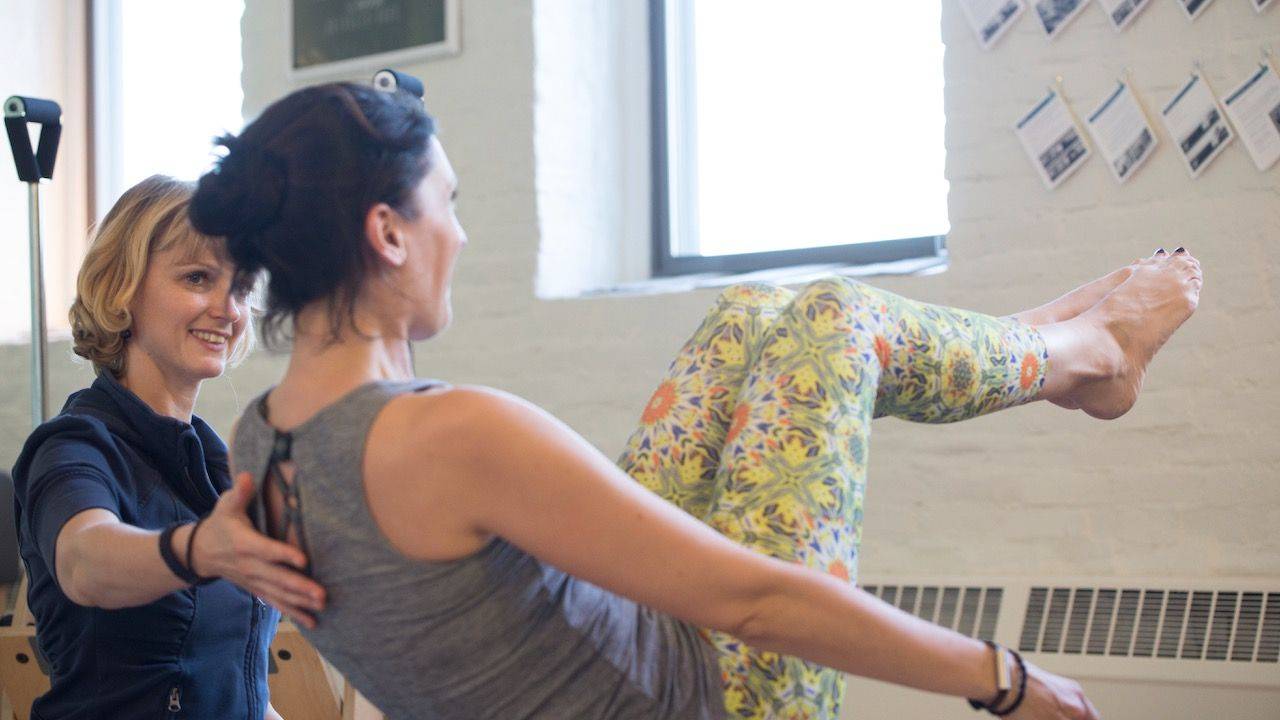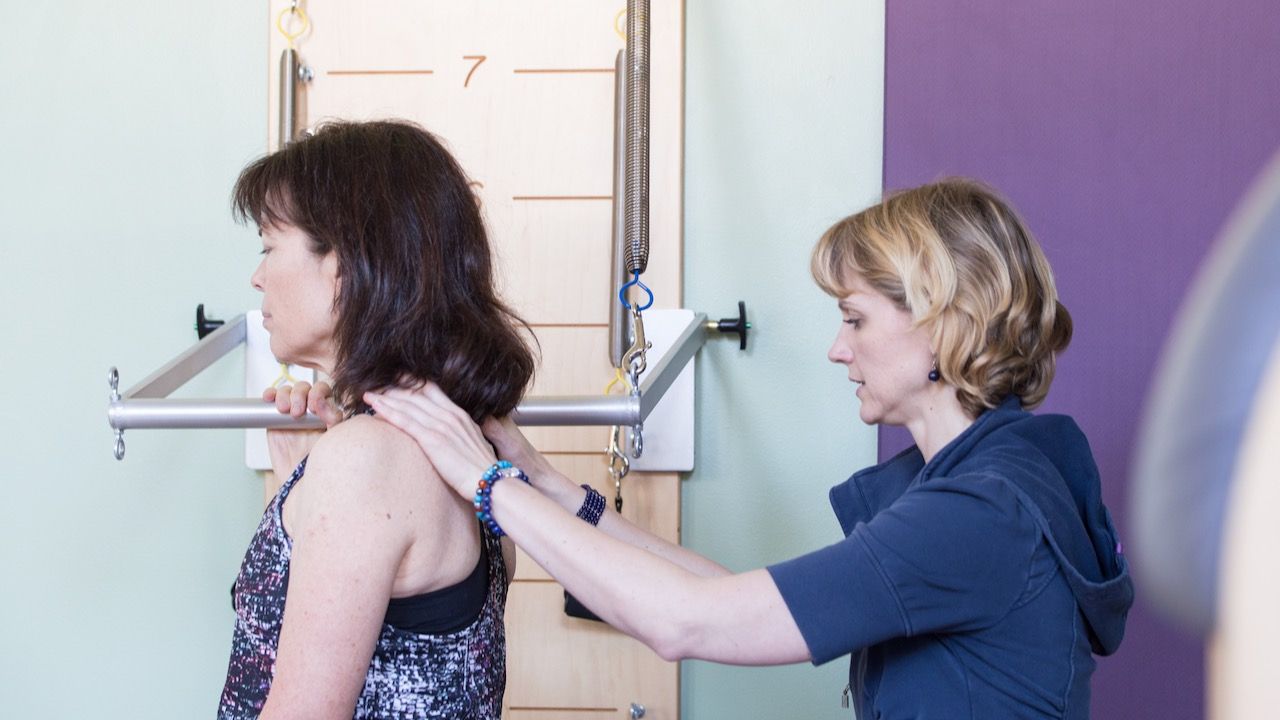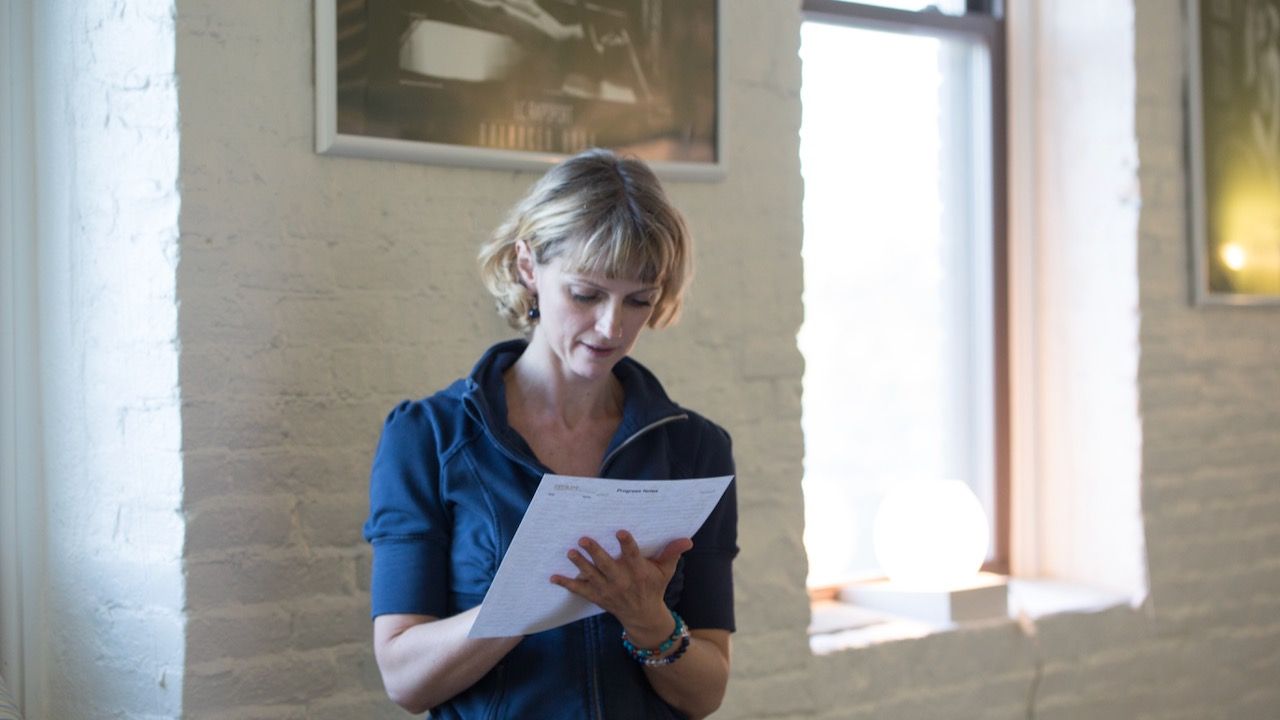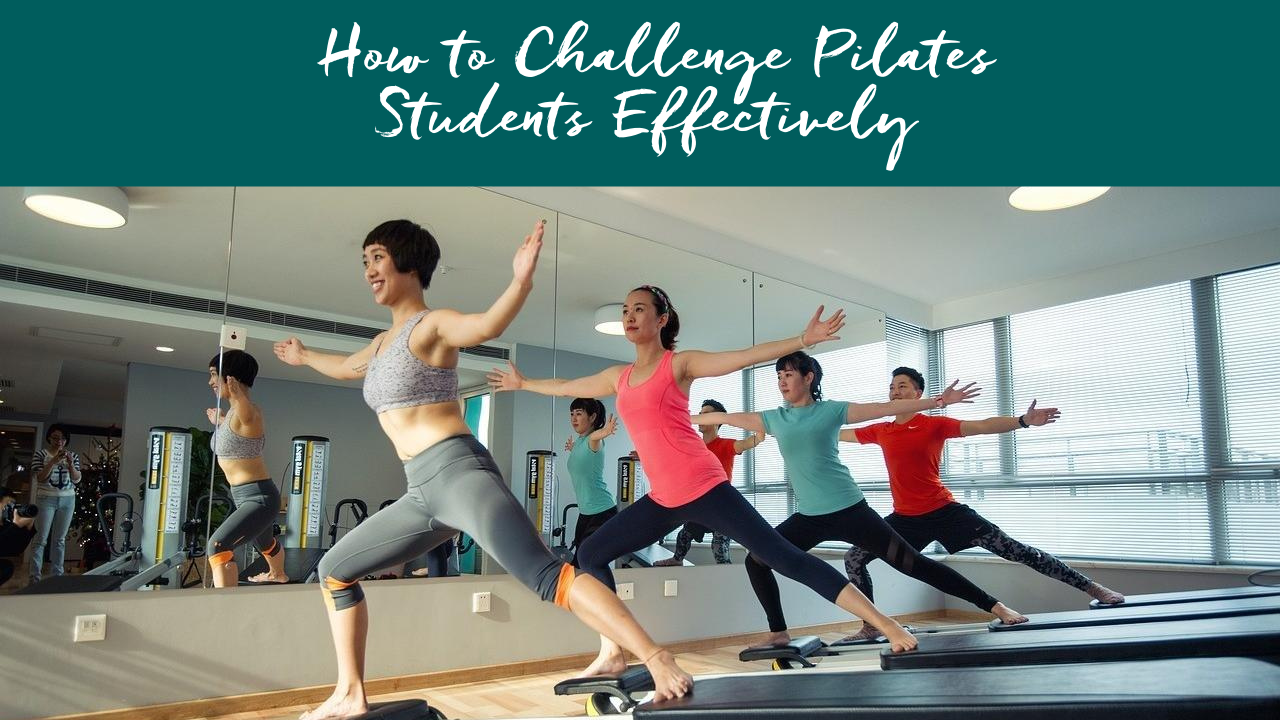
How to Teach Mixed-Level Pilates Classes
Nov 26, 2019Group classes are a great cost-effective way for many students to enjoy Pilates. A room of people who are all interested in Pilates and their health promotes a sense of camaraderie and fun.
However, when the class has a mix of newbies and more experienced students, it can be tricky to challenge everyone effectively and safely. Have you ever given a cue to an experienced student and noticed that a new student tries it, even though their body isn't ready for it? If so, you're in good company. I think it's safe to say every teacher totally understands this challenge!
How can we teach to each student's level in a group class? Try these ideas.
1. Layering
I recommend using a teaching technique called layering. To do this, you always start with the most basic form of each exercise.
Let's say you want to get to the stomach series in a mat class. The most basic form of this series is the Chest Lift. Just get your students moving.
Let's say you suggest progressing the movement by lifting the legs into Table Top. Let your new students know that if this is too much, they can lower the legs back down. Your newbies can continue with what they've just learned while more advanced students add on to it. Perhaps now, you can ask them to keep their chest lifted and transition into Single Leg Stretch.
Did you see how the layering technique worked in this example? You always start with the easiest version of each exercise and focus on the details. Then change one thing at a time to make it more challenging.
To suggest a harder variation, try using phrases like:
- “If it’s available to you today, ....”
- “If you feel you need another challenge, ...”
- “If this is waaaaay too easy for you, then...” Exaggerating this phrase helps students be okay with the current challenge without worrying that other people in class think they're out of shape.
2. Focus on Details
Get picky... I mean detailed : ) This is a great way to make exercises harder without adding variations or progressions.
To avoid overwhelming the students, choose one or two cues to focus on. Maybe you want to talk about dropping the weight of your head back into your hands. Another idea is to explain what the occiput is and how to lengthen through the back of the neck. The advanced students will learn something new and improve their movement quality. The new people will block out what they don't understand yet. They're busy just keeping up, and that's fine. They don't have to be perfect in their first class. They just have to understand the broad movement.
Related: The Cueing Cure: Dramatically Improve Your Verbal Cueing in 30-Days
3. Choose Different Springs
In classes that use equipment, you can also offer different spring settings for your advanced clients. For example, tell everyone to set up one blue (medium) spring for Quadruped/Kneeling Abdominals Front on the Reformer. Then you can let your most advanced students use one yellow (light) or tell your beginning students to use one red (heavy). This will help each student have the appropriate challenge.
You'll find more class planning and teaching skills tips inside the Pilates Encyclopedia membership. Get immediate access...
I'd love to hear from you: Which is your go-to tip for teaching mixed-level classes? Shoot me an email.

Get support with your day-to-day teaching challenges
Ready to Teach Pilates with Clarity and Confidence?
Sign up to receive my weekly email newsletter. It's jam-packed with Pilates articles, videos, exercise tutorials and teaching tips.
Only super valuable stuff here. No spam ever. Unsubscribe any time.








